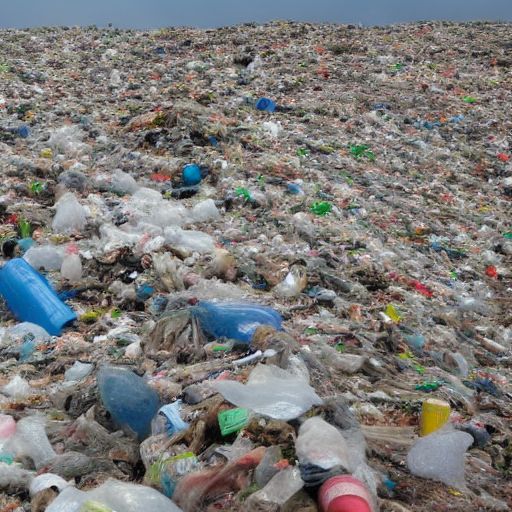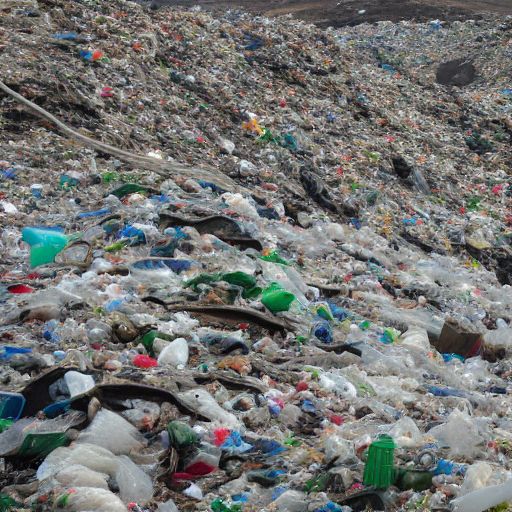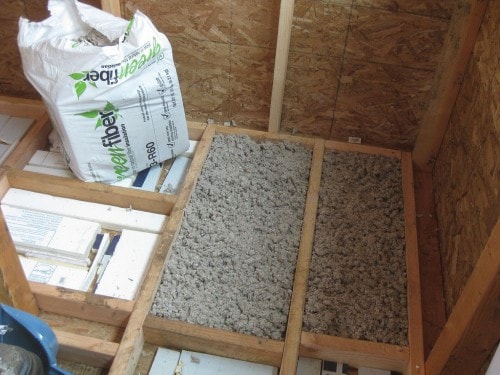Recycling is a valuable part of the circular economy, and must be a top priority for manufacturers and consumers alike. The ‘take, make, dispose’ culture must be transformed to make it more sustainable. Recycling isn’t a one-size-fits-all solution, but it is an essential component of a circular economy. This concept cuts across economies, borders, and politics.
Recycling reduces greenhouse gas emissions
One of the most important ways to reduce greenhouse gas emissions is to recycle. Recycling keeps food scraps out of landfills, where they break down into methane, a powerful greenhouse gas 23 times more powerful than carbon dioxide. It also prevents landfills from being overflowing with trash, a major source of greenhouse gases. Recycling is also a key strategy in fighting deforestation, which releases carbon dioxide in the air. Businesses and individuals can reduce their greenhouse gas emissions by switching to energy efficient products, driving less and buying recycled materials.
By recycling, an office building with 2,000 employees could cut its greenhouse gas emissions by 440 MTCE, equivalent to taking 330 cars off the road. Similarly, household recycling can reduce emissions by as much as 374 pounds. However, there are several challenges associated with recycling. For starters, recycling takes up a large amount of energy and is not as simple as it sounds.
Recycling reduces waste sent to landfills
Recycling your waste can have a big impact on your local environment. Not only will it reduce the amount of waste sent to landfills, it will help reduce greenhouse gas emissions. According to the EPA, in 2009, waste diverted from landfills eliminated 25 million metric tons of greenhouse gas emissions. Landfills produce methane, a gas that contributes about 50 percent of the nation’s greenhouse gas emissions.
Although landfills serve a useful function, their space is limited. Fortunately, many items can be recycled or reused. For the rest, there are usually more efficient methods for disposal. For those items that aren’t recyclable, composting or donating could be the answer.
It saves energy
Recycling is a great way to save energy and help the environment. It keeps tons of waste out of landfills and creates new products. In fact, companies that use recycled materials to make new products use 30% less energy than if they were using virgin materials. This is because recycled materials already have been refined and processed, so they require less energy to produce. Moreover, recycled aluminum cans use 95% less energy than if they were made from raw aluminum ore.
Recycling also saves energy by reducing the amount of raw materials needed for manufacturing. Compared to raw materials, recycled materials are less energy-intensive and require less electricity to create. This means that manufacturers can produce the same products using less electricity and reduce costs. Some studies have shown that by using recycled materials, a company can save as much as 30% in electricity costs.
Related Article: The Impact of the Plastic Bag Ban
Recycling reduces your carbon footprint
Recycling can help reduce your carbon footprint, and there are a variety of methods available. One popular way to reduce your carbon footprint is to recycle as much as possible. This can reduce your overall carbon footprint by up to 58.6 tons by keeping more materials out of landfills and minimizing the number of times you throw things away. In addition to reducing your carbon footprint, recycling can save you money.
Recycling is an easy way to make a big difference in your climate footprint. Recycling decreases the amount of waste that ends up in a landfill, and recycling helps prevent the production of methane, a greenhouse gas 23 times more powerful than carbon dioxide. The main cause of landfill methane is decomposition of organic materials, so recycling is an effective way to reduce the amount of methane in landfills.
It reduces the size of landfill sites
One of the first steps in the design process for landfill sites is to identify suitable landfill sites. The selection process uses various criteria such as geology, hydrogeology, and morphology. The selection process also involves the use of GIS techniques to map potential sites. The use of GIS techniques has become a popular method for landfill site selection.
Managing landfill sites is an expensive endeavor. In addition to managing waste materials, landfill sites must also deal with toxic gases and groundwater contamination. Moreover, most waste materials take millions of years to break down. For this reason, effective long-term strategies require a lot of investment and effort. Additionally, the disposal of large quantities of waste poses a serious threat to local wildlife. It can lead to fires and damage nearby habitats.







